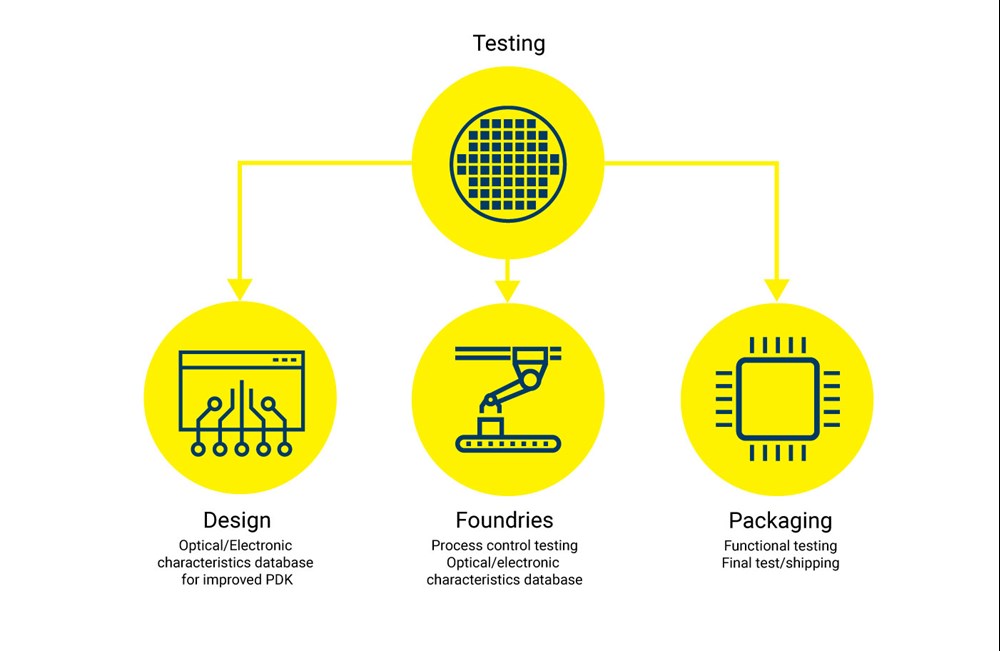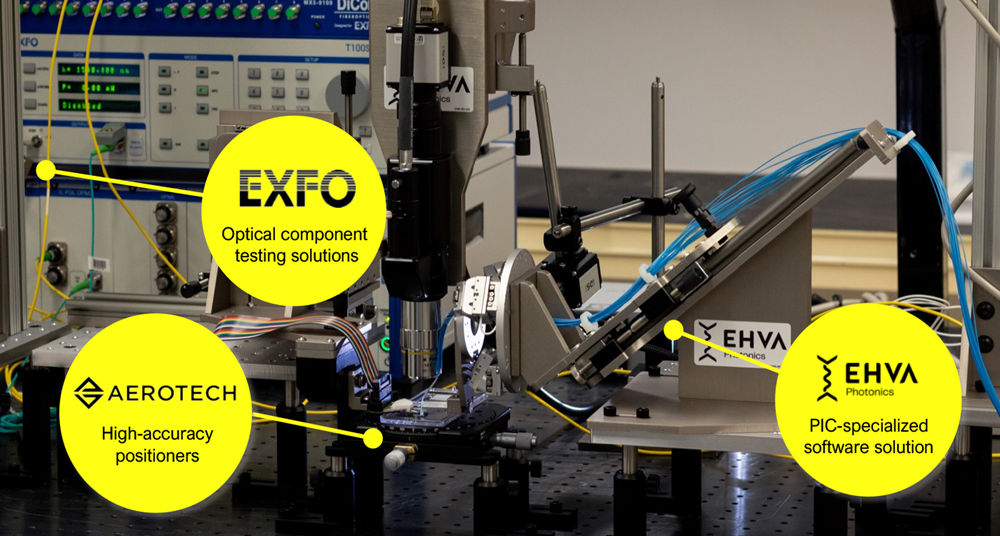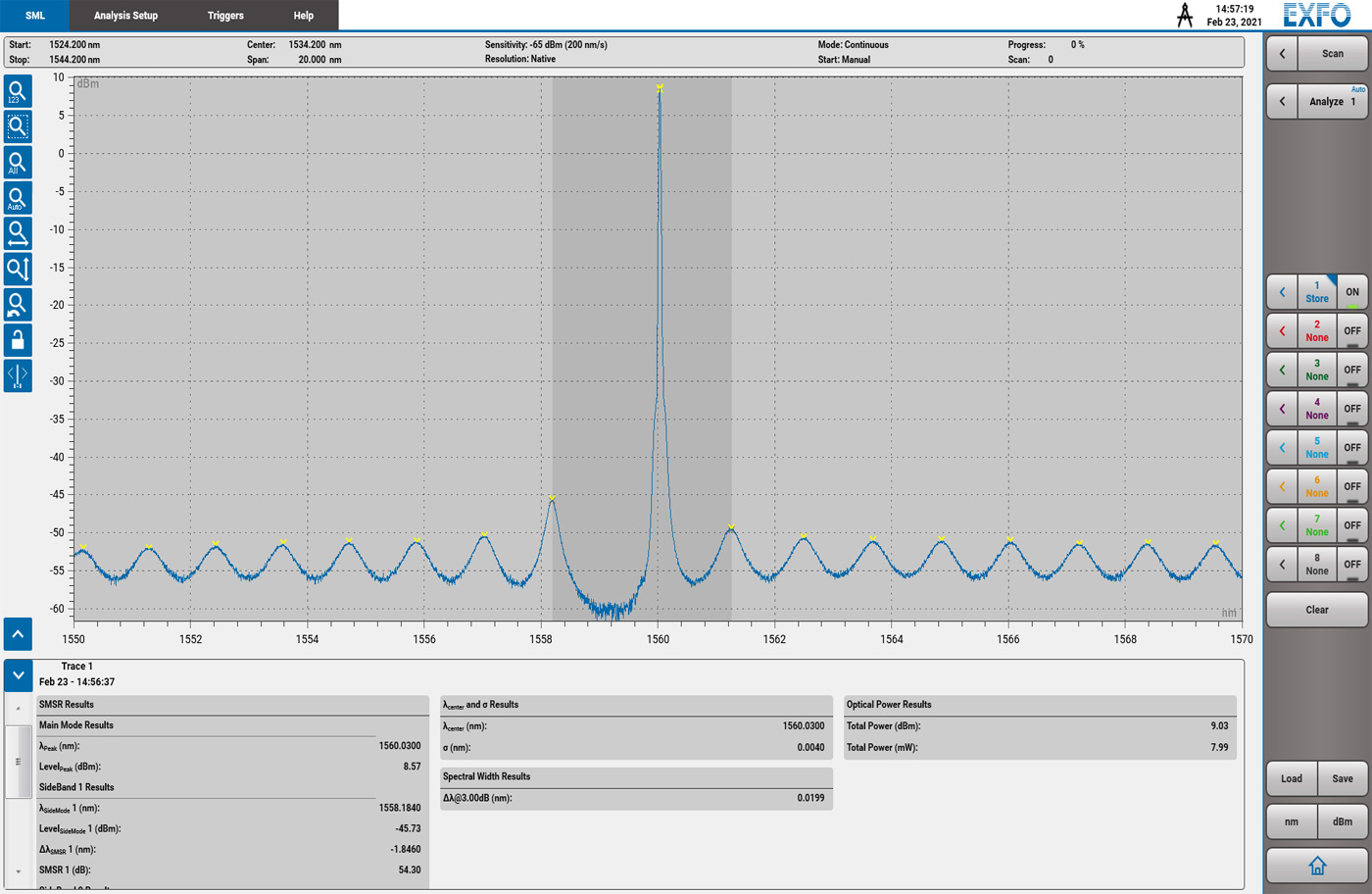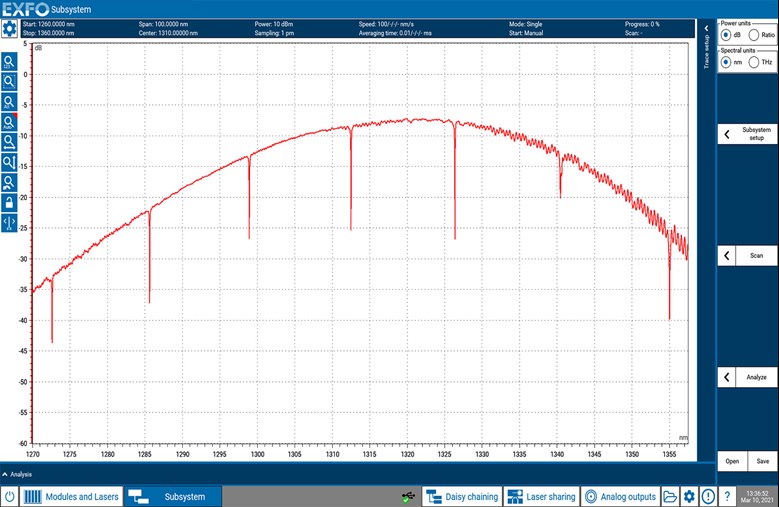Resources
All resources
Spec sheet
T500S - English (United States)
(August 17, 2023)
Spec sheet
T500S - Français (Canada)
(August 17, 2023)
Spec sheet
T500S - 中文(中国)
(August 17, 2023)
Spec sheet
T200S - English (United States)
(March 14, 2023)
Spec sheet
T200S - Français (Canada)
(March 14, 2023)
Spec sheet
T200S - 中文(中国)
(March 14, 2023)
Flyers and pamphlets
High-power continuously tunable laser series - English (United States)
(March 14, 2023)
Flyers and pamphlets
High-power continuously tunable laser series - Français (Canada)
(March 14, 2023)
Flyers and pamphlets
High-power continuously tunable laser series - 中文(中国)
(March 14, 2023)
Flyers and pamphlets
High-power continuously tunable laser series - 日本語 (日本)
(March 14, 2023)
Flyers and pamphlets
Testing photonics and optical components for manufacturing, design and research challenges - English (United States)
(June 20, 2023)
Flyers and pamphlets
Testing photonics and optical components for manufacturing, design and research challenges - 中文(中国)
(June 20, 2023)
Flyers and pamphlets
Testing photonics and optical components for manufacturing, design and research challenges - 日本語 (日本)
(June 20, 2023)
Brochures and catalogs
Passive component characterization - English
(December 01, 2022)
Brochures and catalogs
Passive component characterization - 中文
(December 01, 2022)
Webinar
Spectral characterization of photonic integrated circuits - English
(May 16, 2023)
White papers
Testing the optical characteristics of photonics integrated circuits - English (United States)
(April 21, 2021)
White papers
Testing the optical characteristics of photonics integrated circuits - 中文(中国)
(April 21, 2021)
Blog
Tiny PICs with Huge Impact - English
(April 15, 2020)
Flyers and pamphlets
Optiwave and EXFO - Partners for automation in lab and manufacturing - English (United States)
(September 30, 2022)
Promotional videos
Automated wafer-level testing of photonic integrated circuits - English
(May 18, 2023)





 Accelerating photonics lab to fab with Aerotech, EHVA and EXFO –
Accelerating photonics lab to fab with Aerotech, EHVA and EXFO – 













